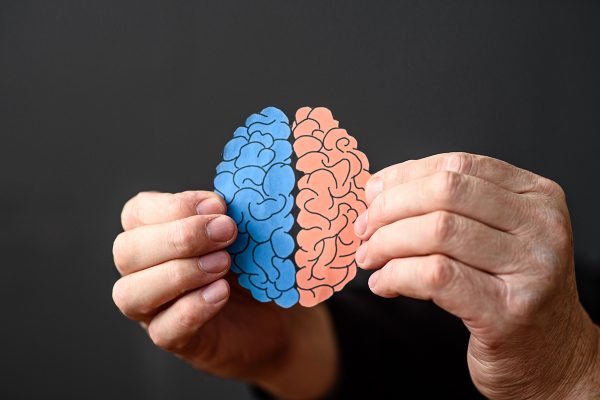Neuroeducation has transformed the way we teach by combining neuroscience, psychology and education. This discipline allows us to understand how the brain learns and how to apply that knowledge to create more effective methodologies. If you are a teacher and want to know how to bring these principles to the classroom, read on and find out how you can improve your students’ learning.
Understanding neuroeducation
Neuroeducation allows us to understand how the brain works during learning. This approach helps teachers design more effective activities and environments for students to learn better. It is not only about improving academic performance, but also about supporting students’ emotional and social development, essential aspects for deep learning.
Keys for applying neuroeducation
To implement neuroeducation in the classroom, it is important to understand some key concepts about the brain:
- Neuroplasticity: The brain can reorganize and adapt, allowing students to improve with practice.
- Neurogenesis: The brain forms new neurons, which is enhanced by appropriate stimuli such as varied activities.
- Neurolearning: Studies how the brain processes and stores information. Knowing this helps improve students’ comprehension and retention.
- Emotional development: Emotions play a fundamental role in learning. Managing them correctly can increase motivation and attention.
How to improve learning in the classroom
Now that you know what neuroeducation is, it’s time to apply these principles in your classroom. Here are some strategies:
- Get to know your students: Each student is unique. Identifying their interests and learning styles will allow you to design personalized activities.
- Encourage curiosity: Spark students’ interest with activities that motivate them to explore and learn more.
- Use emotions to enhance learning: A positive environment improves concentration and facilitates concept retention.
- Connect with what they already know: Relating new knowledge to previous experiences makes learning easier to understand.
- Design a distraction-free classroom: An organized, quiet space promotes concentration and makes better use of class time.
- Encourage rest and physical activity: Physical health is key to cognitive performance. Make sure students have time to rest and move around.

Neuroeducation: the secret to improving student performance.
Neuroeducation allows you to create more inclusive and effective classrooms. Understanding how the brain and emotions work allows you to design learning experiences that not only improve academic performance, but also motivate students.
Transform your teaching with neuroeducation
Incorporating the principles of neuroeducation will change the way you teach. It will allow you to design more dynamic and effective experiences, creating a stimulating learning environment for all students.
Boost your professional career
If you want to delve deeper into neuroeducation and apply these principles to your teaching, our Master of Education program provides you with the tools you need to improve your pedagogical approach. With advanced training, you’ll be prepared to design more inclusive and effective learning experiences, positively impacting your students’ performance and advancing your educational career. Find out how to transform your classroom and your professional future with our Master’s in Education!
Sources:
Neuroeducation. You can only learn what you love, by Francisco Mora Teruel
What is Neuroeducation and how to apply it in the classroom?

